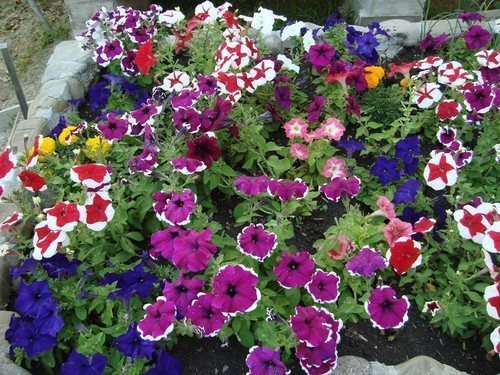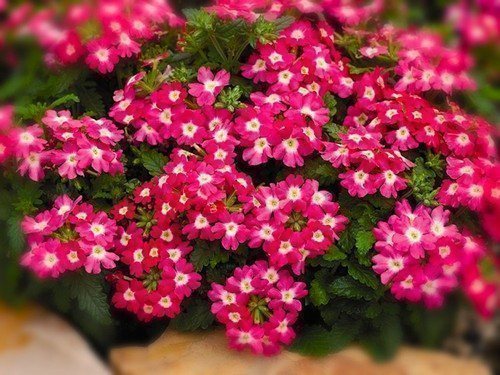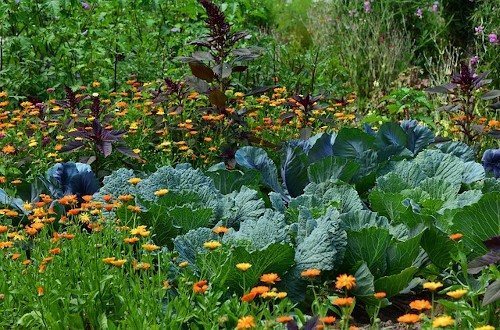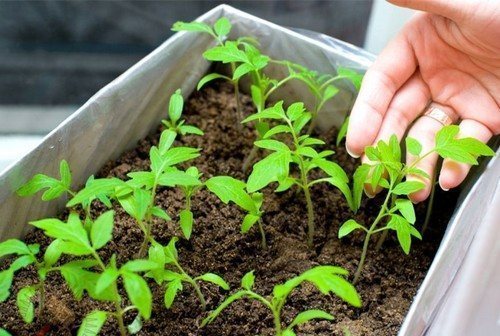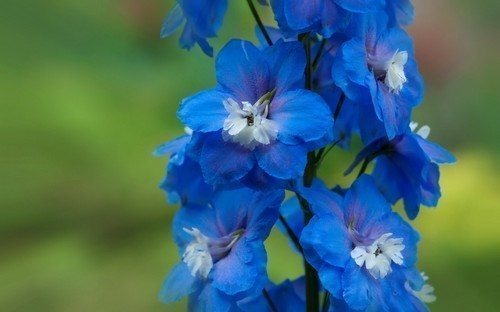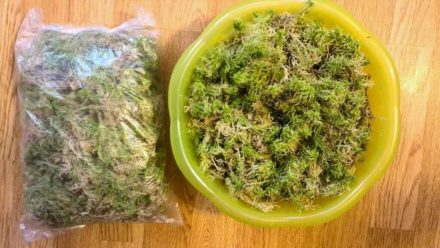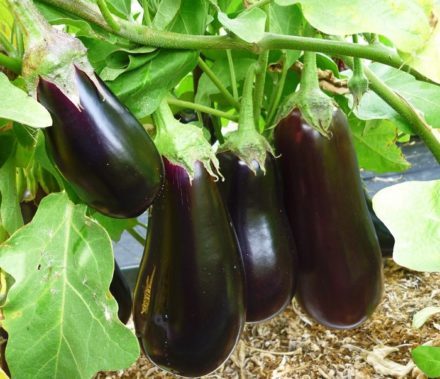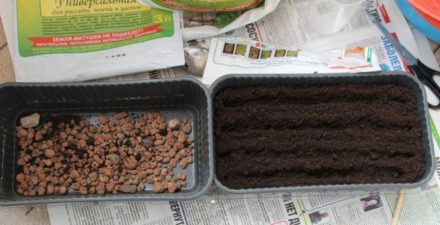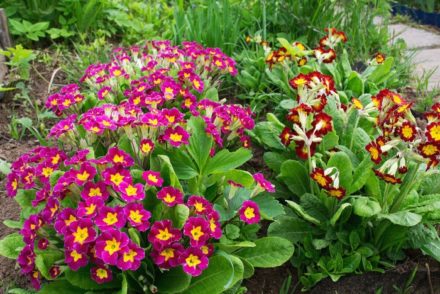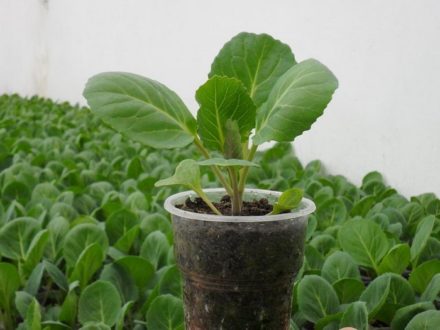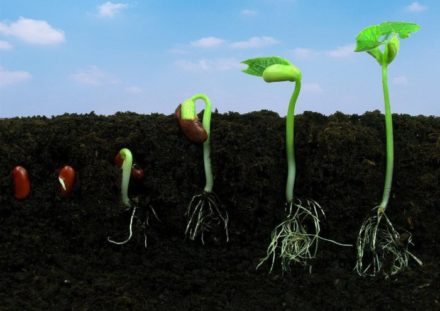Begonia is probably the most common and favorite flower of domestic gardeners. Firstly, it blooms almost all summer, secondly, it does not require any special care, and thirdly, from the abundance of begonia varieties, everyone can choose the right one for themselves. But if there are usually no difficulties with ready-made seedlings, then in order to grow them, you need to know certain subtleties.
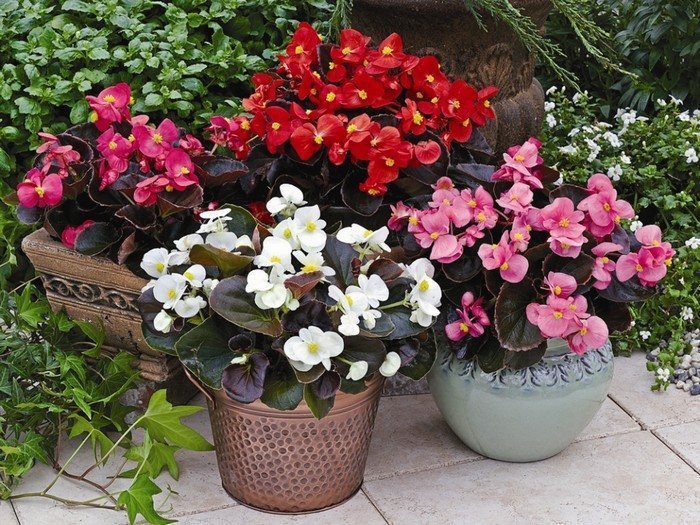
Need to sow in winter
Begonia can be called an early ripening plant, since it blooms 100–135 days after germination, and the period depends on the variety. But at the same time, the flower does not tolerate a drop in temperature at all, much less frost on the ground. Therefore, to get a flowering flower bed at the beginning of summer, you need to sow the seeds in February. Such seedlings will not be susceptible to disease due to low temperatures, and the spring sun during cultivation will give strength to the seedlings.
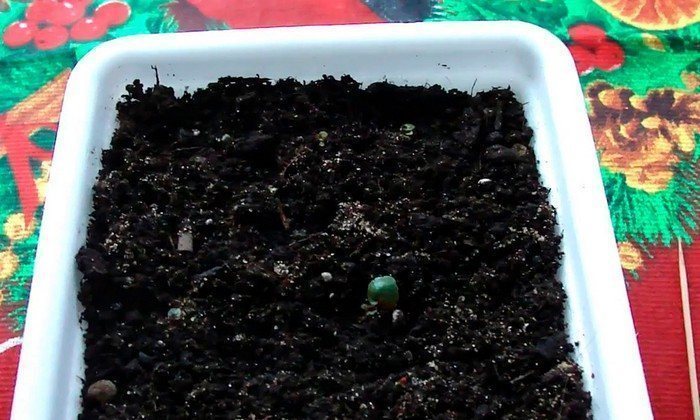
Use special primer
Begonia seeds are demanding on the soil mixture, and using garden soil for the favorable cultivation of begonias is not enough. The best option is to buy special soil at a flower shop. But you can make it yourself; to do this, you need to combine peat, leaf and turf soil in equal parts and add 2 tablespoons of wood ash.
It is worth noting that leaf soil from under oak trees cannot be used, as it contains harmful tannins.In addition, the soil needs to be sifted, as begonias need fine-grained soil.
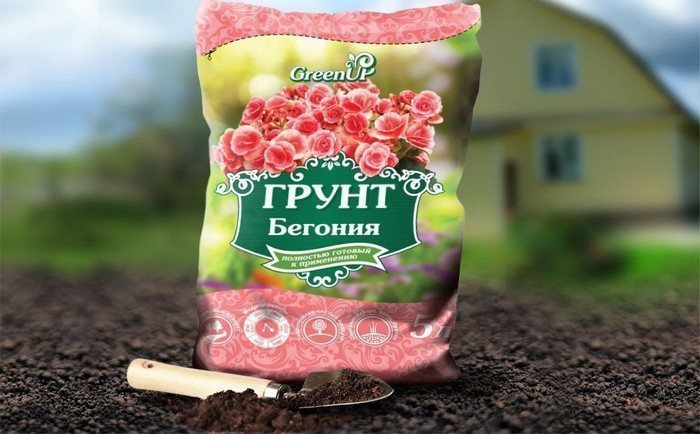
Do not bury it in the ground
Begonia seeds are small, so to sow them according to the rules at a distance of 1 cm from each other, experienced gardeners use a needle or toothpick. In this case, the seeds are not buried in the soil; it is enough to leave them on the surface, in a well-moistened soil mixture, and sprinkle them from a spray bottle on top.
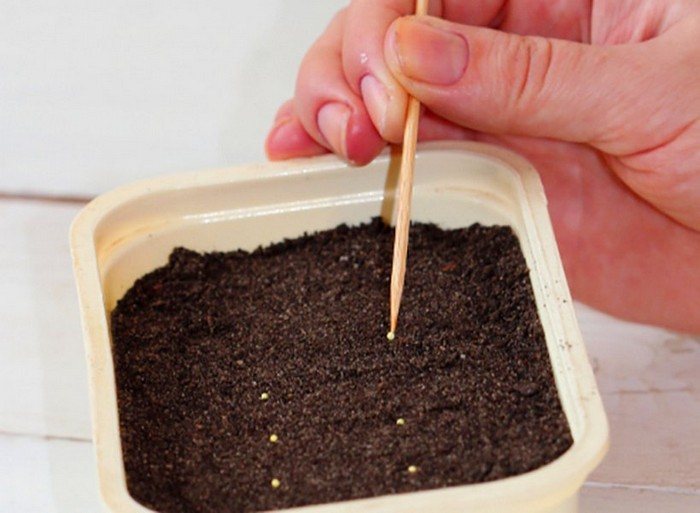
Observe temperature and light conditions
The optimal temperature for begonia seedlings is +25 degrees under the greenhouse effect. To do this, the box with seedlings is covered with glass and left in a warm, bright place. When the first shoots appear, the air temperature is reduced to +18 degrees so that the seedlings do not stretch upward. And after the first pick, you can increase the room temperature to +22.
Daylight for begonias is required for at least 12 hours, and at the seedling stage - at least 14 hours, this is provided with the help of a phytolamp.
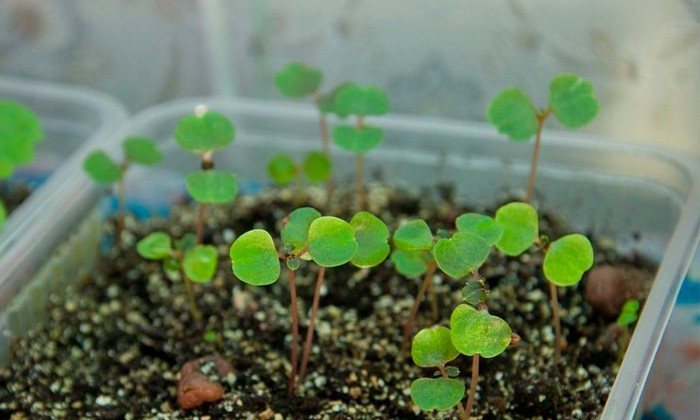
Need air humidity and proper watering
Before the first shoots, watering is carried out using a spray bottle so as not to wash off the seeds. But after germination of the sprouts, spraying is contraindicated, since drops on the surface of the plant can cause sunburn. Therefore, the sprouts are watered from a watering can with warm, settled water.
The air humidity needs to be average, and if the room is very hot or the air is too dry due to central heating, then place a jar of water near the pot with seedlings.

Carry out two picks
Begonias will have to be replanted twice.The first picking is carried out 20 days after germination, at which time the plant should already have at least 2 leaves. Seedlings are thinned out, maintaining a distance of 3 cm from each other.
The second picking is carried out after another 30 days, then the plants are planted at a distance of 10 cm or in separate containers. To avoid damaging the roots during picking, the soil is moistened abundantly before thinning.
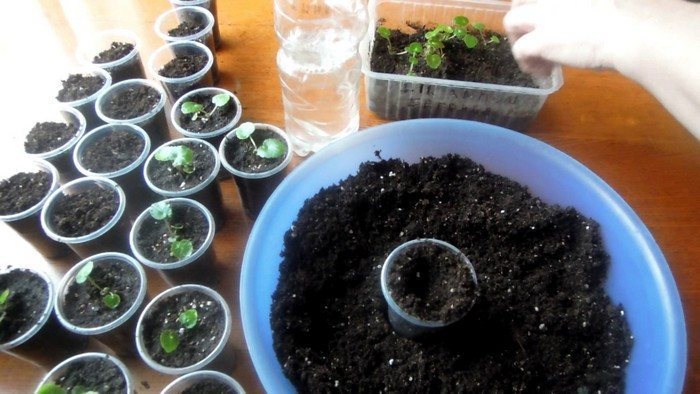
Be sure to feed
Even if a special nutrient soil is used for seedlings, the sprouts still need additional feeding.
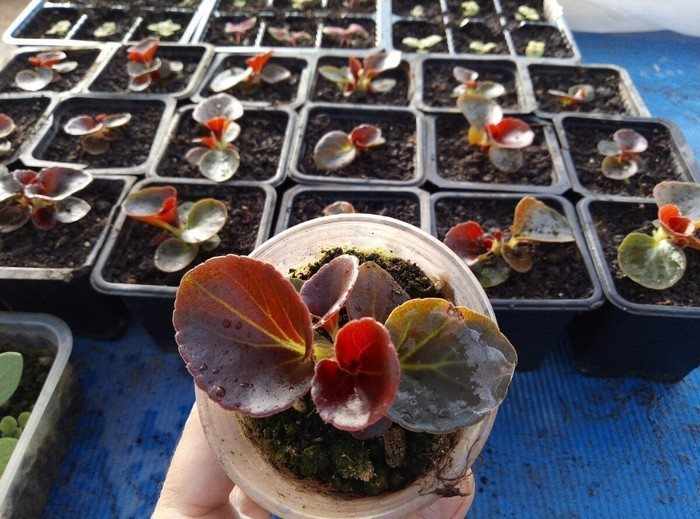
A week after the first shoots appear, the plant is fertilized with nitrogen fertilizers to build strong green mass. And after another 10 days, they are fed with liquid vermicompost for shoot growth.
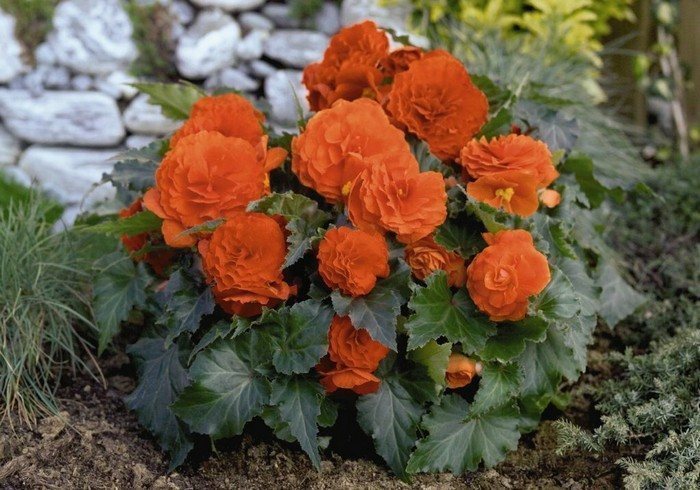
In order for garden begonia to delight you with its flowering all summer long, you need to grow strong seedlings. It does not require any special wisdom, but all the efforts of the gardener will be more than appreciated.


